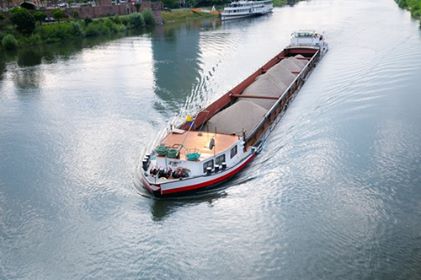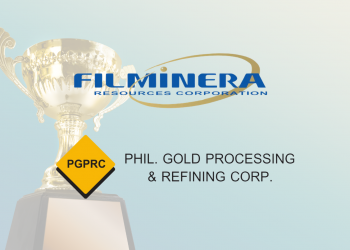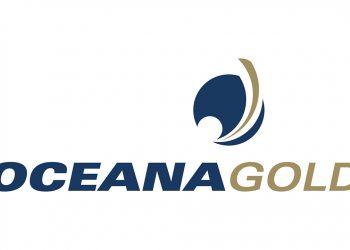The Mines and Geosciences Bureau (MGB), in a consultative meeting earlier this month, urged stakeholders to cooperate with authorities to solve pressing concerns in the dredging industry.
The said meeting was set by MGB for the discussion and evaluation of issuance of dredging clearance as issues and concerns regarding Bucao, Maloma, and Sto. Tomas, three lahar-clogged river systems in Zambales, have surfaced.
A new Joint Memorandum Circular (JMC) on the Guidelines on the Issuance of Clearance and/or Permit of Dredging was proposed which contains the requirements for acquiring a dredging clearance from the Department of Public Works and Highways (DPWH), and environmental management program to mitigate impacts of dredging.
According to Department of Environment and Natural Resources (DENR) Undersecretary for Climate Change Service and Mining Concerns Atty. Analiza Teh, the JMC stemmed from the ineffectiveness of the current system, which requires dredging operators to send their dredging plans to DPWH, in restoring the three river systems in Zambales.
Teh reminded stakeholders that equilibrium must be observed between economic growth and environmental management in order to gain success. The DENR undersecretary pointed this out while assuring dredging operators that the government is one with them in addressing their concerns.
This was supported by the MGB Director Atty. Wilfredo G. Moncano. “It is part of the due process under the law to hear inputs from stakeholders,” he said encouraging everyone to contribute in the said consultation.
Other concerns were also brought up during the forum, including the suspension of dredging operations, loss of revenue as a result of the former concern, and human health risk due to exposure to lahar.
As a result of these concerns, commercial utilization of minerals and river restoration of the three river systems were also discussed aside from the JMC.














